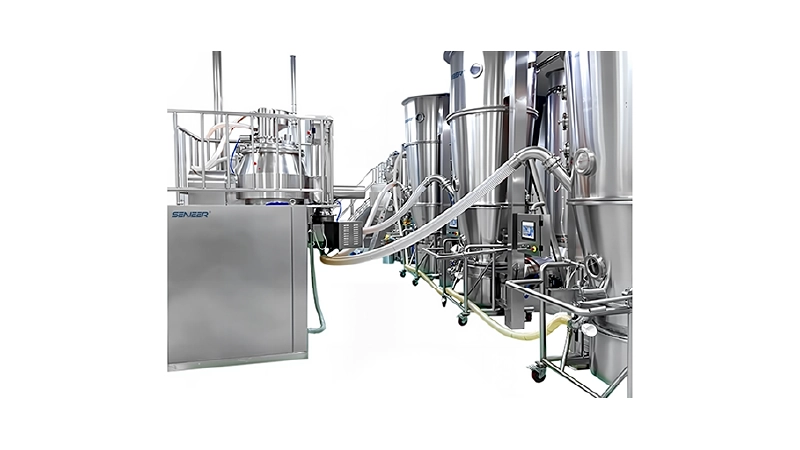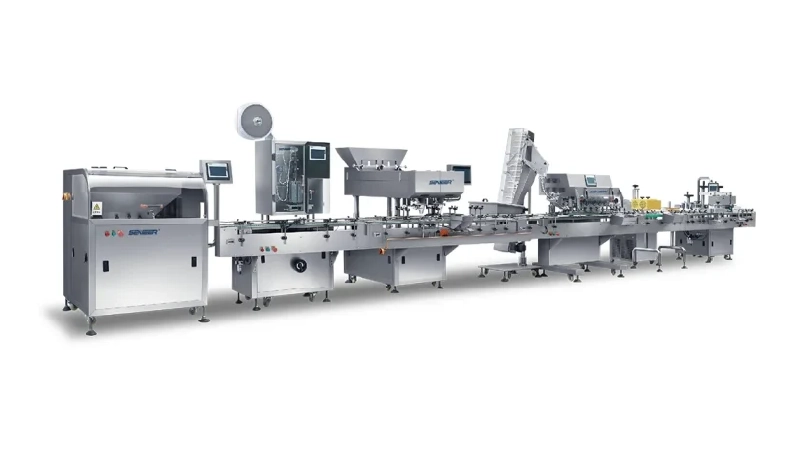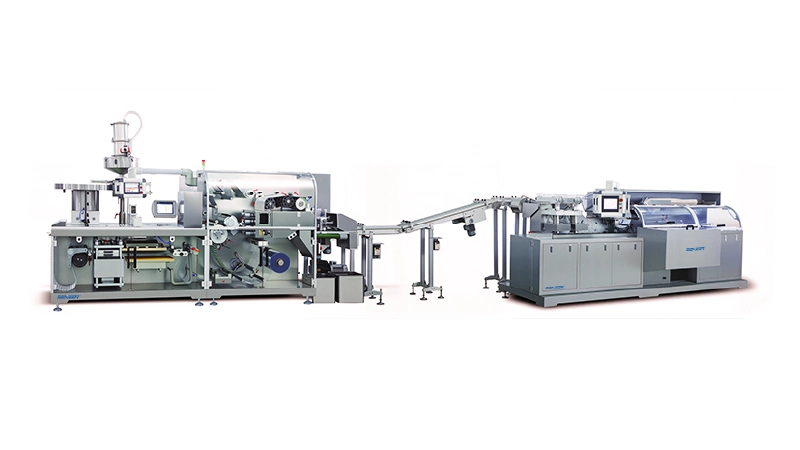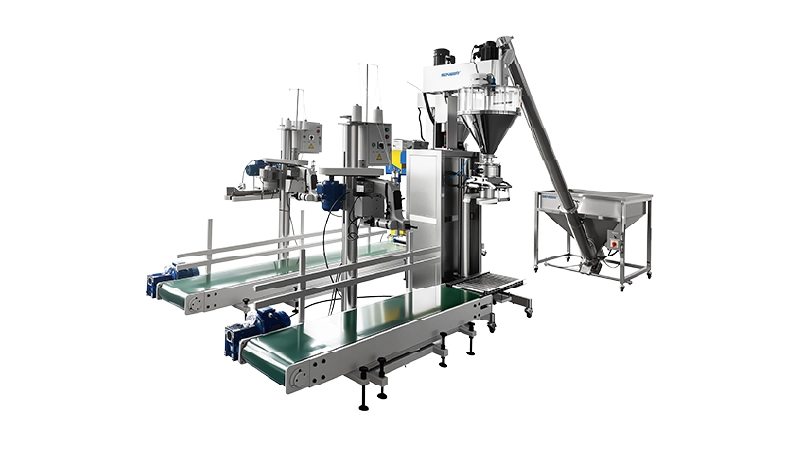The research and development of an innovative drug needs to go through: disease market research, molecular mechanism research, target selection and confirmation, molecular design, synthesis and optimization of pilot compounds, pharmacodynamic pharmacokinesis and toxicity preliminary screening, preclinical research, clinical research, new drug review and listing, etc., from the establishment of new drugs to the final listing, it takes about 8-10 years to go through a period of time, so-called: “ten years to grind a sword”. New drug pharmacy research has undergone a process from discovery to cognition to confirmation, in this process, safety and efficacy is always the “gold standard” for screening or eliminating drug candidates, and the smooth development of pharmaceutical research tasks is an important premise to support later preclinical research and clinical research, and is the key to ensuring the quality controllability of drugs to be marketed.

New drug pharmacy research is a process full of uncertainty and step by step, and the depth and breadth of its research will gradually advance with the process of new drug development, and the relationship between safety and effectiveness and product quality characteristics will be gradually established. And in this process, due to the different pharmaceutical research objectives of different research stages of innovative drugs, it is decided that the change is also an eternal topic in the process of innovative drug development, and the change may have an impact on the clinical progress, the safety and effectiveness of the subject or the clinical results, and introduce certain quality risks, so it is necessary for pharmaceutical researchers to fully assess the quality risks that the changes may introduce and comprehensively carry out relevant research to support the application of these changes to the preparation of clinical trial samples. The main points of focus of the Institute of New Pharmacognosy are as follows:
1 Pre-Prescription Study
Pre-prescription research is the primary task of pharmaceutical research, which mainly provides a basis for the selection of later dosage forms and the research of the prescription process of the preparation by referring to the literature at home and abroad or conducting corresponding experimental studies. In the preparation research stage, a series of basic properties such as physical properties, chemical properties and biological properties of the candidate drugs should be studied first, and the specific research contents mainly involve: the solubility, permeability, dissolution velocity, particle size, crystal form, pKa ionization constant, partition coefficient, moisture induction, raw and auxiliary material compatibility, drug stability, and pharmacokinetic pharmacodynamics of the drug. Based on QbD’s “quality by design” philosophy, another important purpose of pre-prescription research is to provide a basis for preliminary risk assessment for formulation research and a guiding role for the direction and scope of formulation research.
2 Dosage Form And Specification Related Questions
Generally, according to the physicochemical properties and treatment needs of the drug, the best way to administer the drug will be determined, and the appropriate dosage form and specification will be selected. The principles of dosage form design are based on safety, effectiveness, quality controllability and convenience. Therefore, pharmaceutical researchers will find out the key points of formulation research and development according to the physicochemical properties of API, select suitable dosage forms, excipients, preparation technologies or processes, etc., especially for some BCSII or IV. difficult to dissolve drugs, the focus is still to consider the appropriate dosage form development according to the solubility and stability of the drug. According to market research, oral administration accounts for more than 70%, because oral administration has high dissolution, good oral absorption, suitable for long-term administration, easy to use, safe, so it is the first choice in the development and design of dosage forms; Injectable administration is suitable for patients who cannot be administered orally, or the drug is unstable in the gastrointestinal tract, oral absorption is not good, and is used in first aid, severe illness or rapid effect (such as anesthesia, etc.); Skin/mucosal administration can act on different parts of the body, the effect is long-lasting and stable, such as inhalation or sublingual administration can also play a quick-acting effect, the use is safer, more effective and convenient.
This is followed by specifications, which refer to the amount of active ingredient contained in a dosage unit. For innovative drugs, the design of their specifications should meet the basic requirements of dosage and pharmacy technology. Generally, the efficacy comparison data and safety results of early and positive drugs will be combined, and the phase I climbing dose will be considered, and the preclinical, clinical, and pharmacy parties will discuss and preliminarily determine the specifications. In the clinical trial stage, multiple specifications are usually designed to meet the exploration of effective doses, and finally the optimal single dose or dose range is determined based on the results of the clinical trial, and declared as the proposed marketing specifications.
3 Preparation Prescribing PCrocess Related Research
In the research of the formulation prescription process, the focus should still be on the stability of the formulation prescription and the scalability of the prescription process. For the stability of the formulation prescription, it is best to fully consider the possible stability risks before the prescription design, such as in the problem of raw excipient compatibility, starting from the structure of the API, comprehensively consider the potential impurities that may be generated with the excipient, such as the structure of acarbose tablets containing a primary amino, weak alkaline, high moisture can occur Merlard reaction, it is best not to be compatible with lactose; Double bond instability, easy to add reaction, free radical reaction, avoid high moisture, metal ions and so on. Only by “snuffing out” the risk at the source can we ensure the smooth progress of R&D work. Based on the consideration of the scalability of the prescription process, in the small trial research stage of the preparation process, as far as possible to select equipment that matches the mass scale-up production and commercial production, such as in the ordinary wet granulation process small test stage, the use of fluidized bed for drying to adapt to the production line, as far as possible the use of rotary tablet press for small test confirmation, which can effectively reduce the risk of clinical sample preparation, and for liquid injections, injection formulations are as simple as possible, according to the EU sterilization decision tree to carry out research.

4 Dissolve Related Problems
Pharmaceutical R & D personnel supplement the API with some excipients, using appropriate processes to make solid preparations, such as tablets or capsules, etc., then how to scientifically and effectively screen the formulation prescription/process/excipients? The main evaluation index is the dissolution degree experiment, due to the different water solubility or dissolution rate of the drug itself, or the influence of the preparation factor on the dissolution rate of the drug, etc., so that the dissolution degree is different. How to screen dissolution differences, it is necessary to choose a dissolution medium with discriminating force, and the dissolution medium with discriminating force can screen out the key quality attributes and the distinguishing force of the dissolution method under key process parameters, such as different formulations, different processes (hardness, amount of disintegrant, etc.), different API particle sizes, etc. In the preclinical research process, it is important to draw the solubility-PH curve according to the BCS classification and permeability of API, and the data can preliminarily determine whether the formulation is a PH-dependent preparation, so as to guide the development of innovative drugs and the formulation of dissolution quality standards. And in the process of pharmaceutical research, to accumulate a variety of PH media dissolution curve, the accumulation of key batches of dissolution curve is crucial, through the determination of the dissolution curve, you can evaluate the stability of the production process; It is possible to evaluate whether the quality of samples between batches/batches is consistent; It can be evaluated whether various changes (such as prescription changes, process changes, production scale changes, raw and auxiliary material source changes, production site changes, etc.) will affect the intrinsic quality of the preparation. For example, the PH-solubility dependence curve of an ordinary tablet is known to have no PH dependence, there is no obvious difference between different batches of samples in the four media, and the intrinsic quality of the samples between batches/batches is consistent.
5 Degradation Impurities Studied
In the process of innovative pharmaceutical research, it is necessary to pay attention to the study of degraded impurities in real time, and impurities are closely related to the safety of clinical use of drugs, so it is a very important task to specify a reasonable and effective drug impurity analysis method and control the degraded impurities in drugs. First of all, we should pay attention to the impurity research of early toxicological samples, because the impurity level of toxicological samples is an important basis for the formulation of preparation limits; Secondly, pay attention to the impurities of raw materials and excipients, after getting the raw materials in the early stage, simply mix the API with the whole excipients as early as possible or simulate the preparation process, and make the dosage form to investigate the impurity generation under different influencing factor conditions; Pay attention to the analysis of impurities produced by strong degradation experiments, strong degradation experiments, also known as destructive tests, are artificially set under special conditions, such as strong acidity, strong alkalinity, oxidation, high temperature, light, etc. caused by the degradation of drugs, can understand the inherent stability characteristics of the drug to a certain extent, its degradation pathways and degradation products; Pay attention to the impurities generated in the influencing factor test, and do a pre-stability study as soon as possible after getting the raw materials, and compare the stability differences of the influencing factors of raw materials and preparations, which plays a very important role in ensuring the safety of clinical drugs.
New drug research and development itself is very difficult, and innovative drug research and development is even more difficult, although the innovation drug research and development cycle is long, the risk is large, but the high risk corresponding to the high return, the return is rich, how to control the minimum cost and the shortest time to develop a suitable for clinical needs of the preparation products, how to develop and marketable prescriptions and processes as far as possible consistent with the product is the pharmaceutical research and development personnel must have the responsibility and ability, for this reason we still have to establish the correct concept of consciousness, the purpose of pharmaceutical research and development personnel is to serve the clinic, Responsible for the patient.










